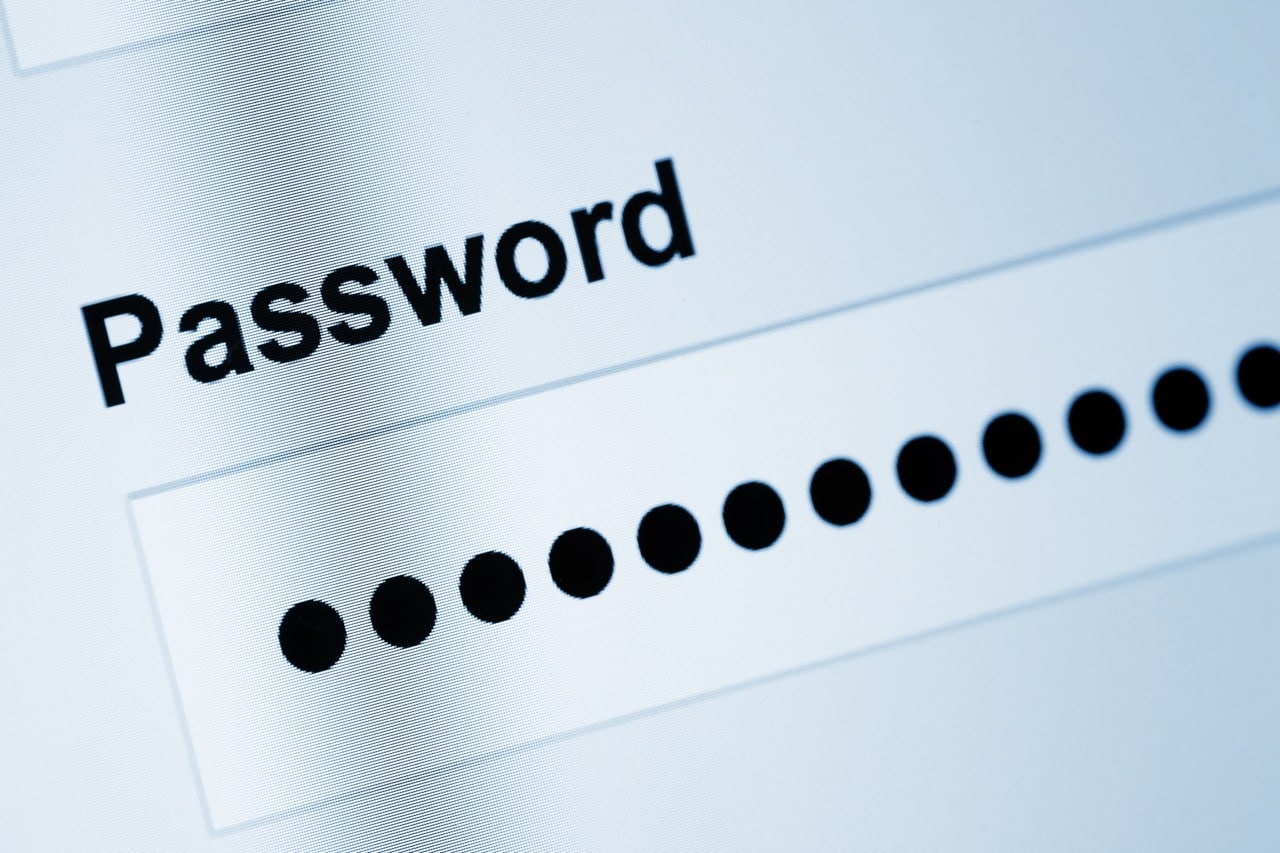You likely have multiple usernames and passwords for multiple websites.
Exhausting, we know.
Especially when you get to a website and get stuck trying to remember what the password is.
For the past 12 years, we’ve been telling our clients a simple yet very secure method of creating and remembering login information. It’s memorable, and you may even have a little fun doing it as well.
The username is simple. Try to stick to your email address, and a very unique user name as some websites want an email address and others want a username. The more unique, the better. That way, when you go to a website, you know it’s one of two or three usernames. Done.
The password is where we will have fun. Really. First, think of a creative password. Try to sort it with a simple word and a simple set of numbers. Keep it simple. In this case, we’ll go with “maple929″ as our password. Now, we’ll take it a step further and see if we can modify a few of the letters and numbers. For instance, let’s replace the letter “a” with an “@” and let’s also substitute one of the numbers with a “#” (no reason at all). Let’s capitalize the first letter (“M”) of our word. You can do your own creative twist of letters and numbers if you’d like. Just try to keep it simple. Now our password looks like this: “M@ple9#9“. This is effective because you are thinking of the secret word, “maple,” followed by your numbers.
Now for the fun part and why this is a secure way of doing things! We’ll now add a special letter to the very front of your new password. Not just any letter, but the first letter of the website you are logging into. For example, if you are on amazon.com, the first letter of that site is “a” and therefore, that will be the first letter of your password for that site “aM@ple9#9″. That is the letter “a” for Amazon, followed by your regular password. On the website eBay.com, your password will be “eM@ple9#9″. That is the letter “e” for eBay, followed by your regular password.
That way, if your password was ever compromised on one website, it cannot be used on any other… that is, as long as the website doesn’t begin with that letter.
We know this post can potentially make your head spin, but we hope this helps you organize your passwords. Final note… don’t write your password on a sticky note in front of your computer. 🙂 Happy surfing!
